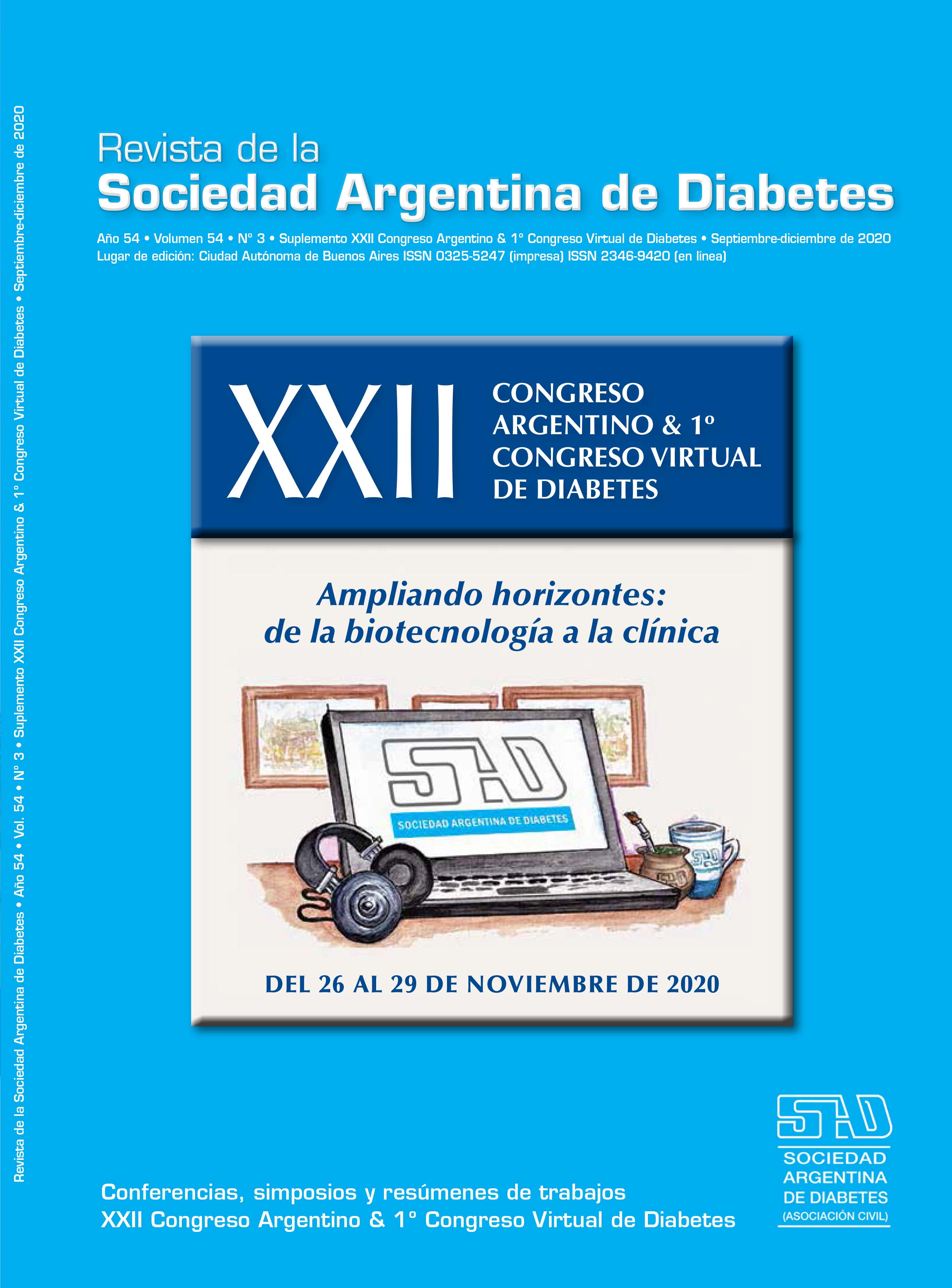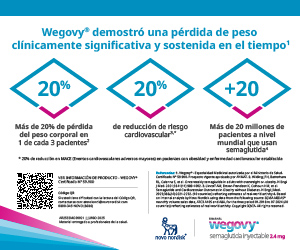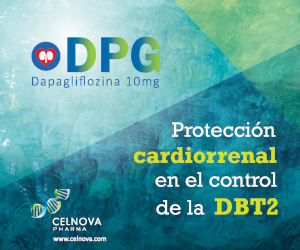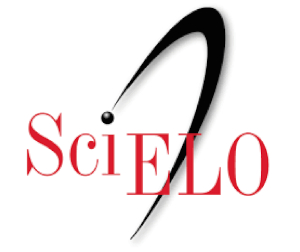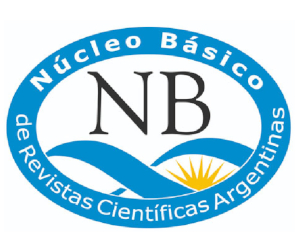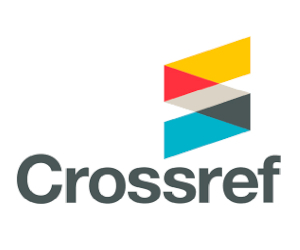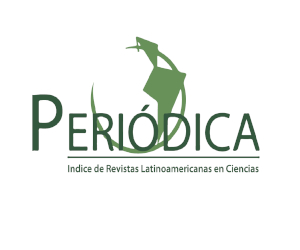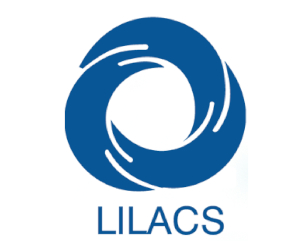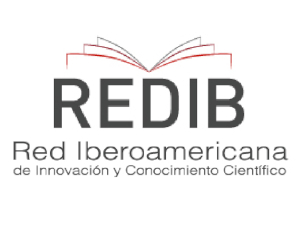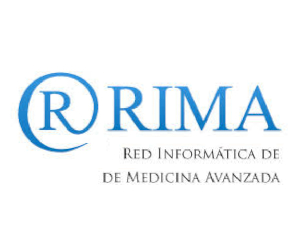Plenary Conference: Technology applied to insulin therapy: 100 years after
DOI:
https://doi.org/10.47196/diab.v54i3Sup.268Keywords:
insulin, historyAbstract
The year 1921 marked a milestone for diabetes. Although several attempts had already been made, orthopedic surgeon Frederick Banting and student Charles Best, with tenacity and wit, in the area of Physiology at the University of Toronto and under the direction of John James Rickard MacLeod (who apparently did not have much faith in the project), were able to extract a substance from the ligation of the pancreatic ducts of a number of dogs. They reduced the pancreas to a third of its size and it was left fibrotic, then sliced and crushed with sand. They added toluene to it and then it was extracted with a cold Ringer, resulting in the obtaining of a solution.
Doctor Joseph Gilchrist (who had diabetes since 1917), a friend of Banting, drank the preparation, with no results. However, when dog Marjory, who had diabetes caused by a pancreatectomy, was injected, her glucose first increased, but then started descending. She stayed alive and lively until she was put down in order to study the effects of the preparation, which was called Isletin.
Downloads
Published
Issue
Section
License

This work is licensed under a Creative Commons Attribution-NonCommercial-NoDerivatives 4.0 International License.
Dirección Nacional de Derecho de Autor, Exp. N° 5.333.129. Instituto Nacional de la Propiedad Industrial, Marca «Revista de la Sociedad Argentina de Diabetes - Asociación Civil» N° de concesión 2.605.405 y N° de disposición 1.404/13.
La Revista de la SAD está licenciada bajo Licencia Creative Commons Atribución – No Comercial – Sin Obra Derivada 4.0 Internacional.
Por otra parte, la Revista SAD permite que los autores mantengan los derechos de autor sin restricciones.



